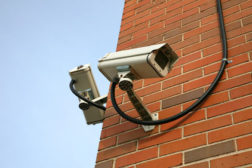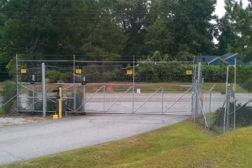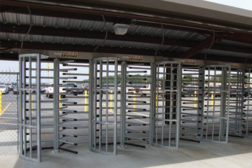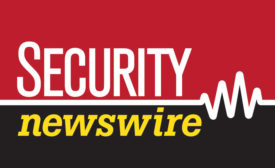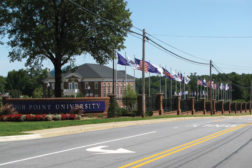Home » perimeter security
Articles Tagged with ''perimeter security''
Surround Sound
Perimeter solutions deter, detect and delay unauthorized security breaches.
October 1, 2011
The old adage “good fences make for good neighbors” holds true for businesses, as fences can play a strong role in a company’s security policies.
A Good Defence
December 22, 2010
Sign-up to receive top management & result-driven techniques in the industry.
Join over 20,000+ industry leaders who receive our premium content.
SIGN UP TODAY!Copyright ©2024. All Rights Reserved BNP Media.
Design, CMS, Hosting & Web Development :: ePublishing
